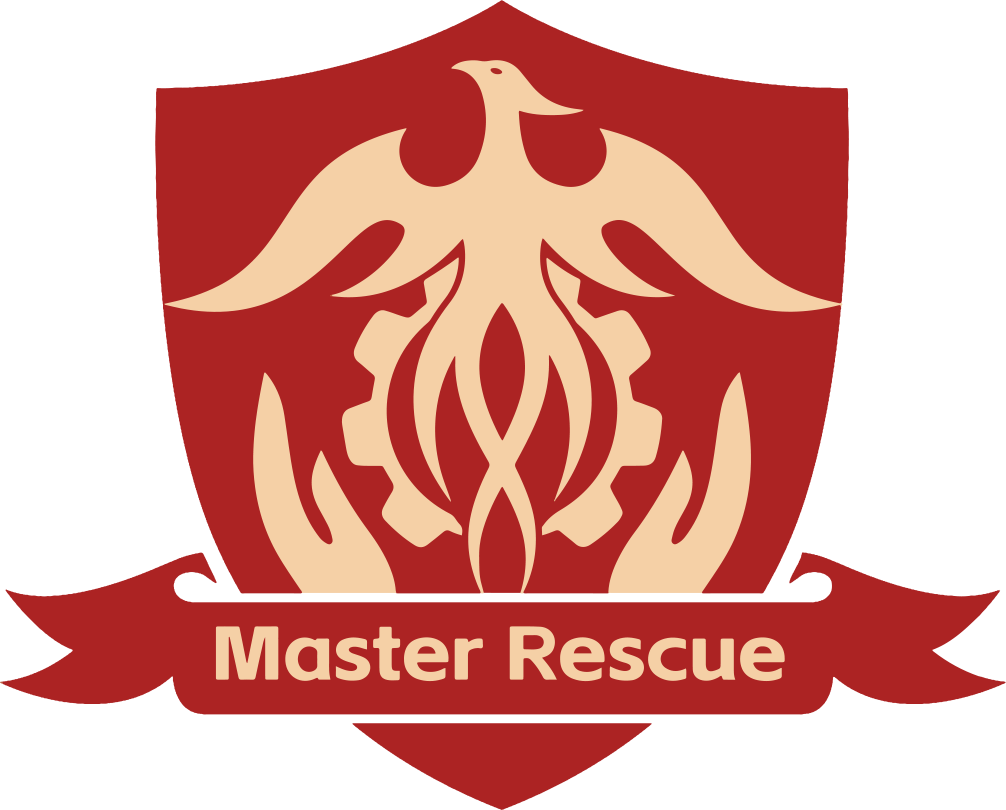Beyond traditional emergency and trauma care, pneumothorax needles have critical applications in specialized environments where tension pneumothorax poses unique challenges. These settings include military operations, aviation, diving, and remote expeditions, each requiring tailored strategies for using this life-saving tool.
1. Military Medicine and Combat Zones
Tension pneumothorax is a leading cause of preventable death in combat scenarios, accounting for a significant portion of battlefield casualties. Pneumothorax needles play a pivotal role in tactical combat casualty care (TCCC), allowing medics to stabilize wounded soldiers quickly before evacuation.
- Field Readiness: Pneumothorax needles are lightweight, compact, and designed for rapid deployment, making them ideal for use in high-pressure battlefield conditions.
- Combat Kits: Military medics carry reinforced needles in their individual first aid kits (IFAKs) to treat penetrating chest trauma caused by gunfire, shrapnel, or explosions.
- Evacuation Support: Needle decompression provides temporary relief during the critical “golden hour” before the patient is transported to a field hospital for definitive treatment.
2. Aviation and Aerospace Medicine
High-altitude environments, such as those encountered in aviation or space exploration, increase the risk of barotrauma leading to tension pneumothorax. Changes in atmospheric pressure can exacerbate injuries or cause air to accumulate in the pleural cavity, posing a life-threatening situation.
- Aviation Crew Kits: Pneumothorax needles are included in aviation medical kits for emergency use during long-haul flights or in remote airfields.
- Space Exploration: Space agencies equip their medical kits with pneumothorax needles to manage potential cases of barotrauma during space missions, where advanced medical facilities are unavailable.
3. Diving and Marine Operations
In underwater environments, divers are at risk of pulmonary barotrauma due to rapid pressure changes, especially during improper ascents. Pneumothorax needles are essential for treating such conditions during diving emergencies.
- Diving First Aid Kits: Equipped on commercial and recreational diving vessels, pneumothorax needles provide immediate relief for divers experiencing tension pneumothorax.
- Decompression Chambers: When divers require treatment in hyperbaric conditions, pneumothorax needles may be used as part of pre-chamber stabilization.
4. Wilderness Medicine and Expeditions
In remote areas, medical help can be hours or days away. Pneumothorax needles are a critical addition to wilderness medical kits, ensuring individuals and teams can manage life-threatening chest injuries during adventurous expeditions or in isolated locations.
- Hiking and Mountaineering: Pneumothorax needles are carried by wilderness first responders and mountaineers tackling high-altitude expeditions where rescue operations may take extended time.
- Search and Rescue Teams: These tools are vital for emergency teams operating in remote or disaster-stricken regions, offering immediate stabilization before evacuation.
Key Challenges in Pneumothorax Needle Use
While pneumothorax needles are essential tools, their use comes with challenges that require consideration:
1. Chest Wall Thickness
- In individuals with thick chest walls, such as obese or muscular patients, standard-length needles may fail to penetrate the pleural space. This can result in incomplete decompression or injury.
- Solution: Use longer needles, such as 3.25-inch designs, which are effective in reaching the pleural space in most cases.
2. Risk of Misplacement
- Inaccurate needle placement can cause serious complications, such as:
- Puncturing the heart or large blood vessels.
- Damaging the liver or diaphragm in lower chest insertions.
- Solution: Rigorous training and simulation exercises for medical personnel to develop anatomical precision.
3. Limited Duration of Relief
- Needle decompression is a temporary measure. Air can reaccumulate in the pleural cavity, necessitating more definitive treatment like chest tube insertion.
- Solution: Ensure rapid transport of the patient to advanced medical facilities following needle decompression.
The Future of Pneumothorax Needle Technology
As the medical field evolves, innovations in pneumothorax needles are focusing on enhancing safety, usability, and functionality:
1. Smart Needles
- Pressure Sensors: Integrated sensors to confirm successful pleural space entry and monitor pressure changes in real time.
- Feedback Mechanisms: Devices that provide visual or audible feedback upon successful decompression.
2. Single-Use Disposable Kits
- Pre-assembled, sterile, and disposable kits reduce preparation time and minimize the risk of contamination during emergencies.
3. Biodegradable Catheters
- Future designs may incorporate biodegradable materials for catheters, eliminating the need for removal and reducing post-procedure complications.
4. Multi-Function Devices
- Advanced pneumothorax needles may include combined functionality, such as the ability to inject medications or fluids directly into the pleural cavity if needed.
Best Practices for Using a Pneumothorax Needle
To ensure effective and safe use of pneumothorax needles, follow these guidelines:
- Thorough Training: All personnel using pneumothorax needles must undergo hands-on training, focusing on anatomy, landmark identification, and emergency scenarios.
- Simulated Practice: Regular drills using medical simulators improve confidence and accuracy in performing needle thoracostomy.
- Carry Supplemental Tools: Include complementary equipment, such as chest tube kits or reinforced catheters, to ensure seamless transition to advanced care.
- Monitor Post-Decompression: After performing needle thoracostomy, closely observe the patient for signs of improvement or complications and prepare for immediate evacuation to a higher level of care.
Conclusion: Essential for Critical Care in High-Risk Scenarios
The pneumothorax needle is an indispensable tool for managing tension pneumothorax, a life-threatening condition that requires immediate intervention. Whether used in combat zones, aviation, diving, wilderness settings, or emergency rooms, this device offers a quick and effective solution to relieve chest pressure and stabilize patients.
By ensuring that personnel are trained, equipped with the right tools, and prepared for challenges, pneumothorax needles can save lives and improve outcomes in the most critical situations. With ongoing innovations and growing adoption in specialized fields, the pneumothorax needle will remain a cornerstone of advanced trauma care.
